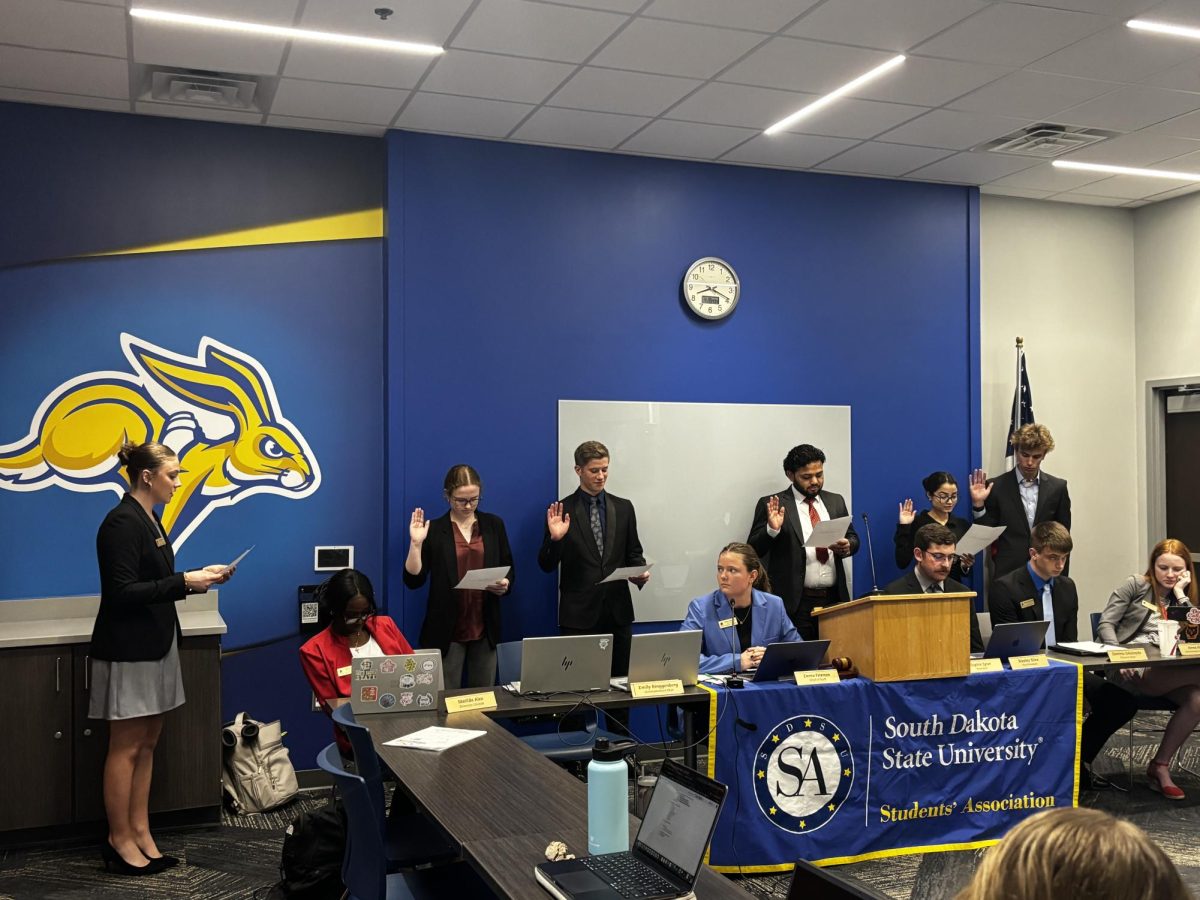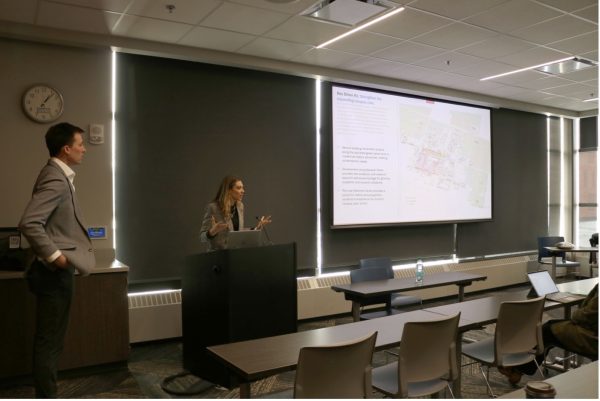Electrical engineering students put out the flame with fire-extinguishing robot
April 7, 2009
Vanessa Marcano
“Gentlemen, we can rebuild him. We have the technology!”
These famous words from the 1974 series The Six Million Dollar Man echoed as pure sci-fi fantasy, for back in the days of yesteryear, no one could dream of building advanced machines capable of handling repetitive labor, helping in a corporate environment or even performing surgeries.
Today, we live in a different reality. We have seen the fruits of engineering, aimed to satisfy the needs and desires of humanity around the world, such as the da Vinci(R) robotic-assisted surgical system or Honda’s ASIMO, one of the most elaborate robots today, able to carry out office duties, be programmed to direct an orchestra and even respond to four “thought commands” by reading brain waves.
SDSU is home to two of these fascinating machines.
Seniors Austin Hanson, a triple major in electrical engineering, computer science and software engineering, and Tyler Wulf, an electrical engineering major, are the main proponents of the South Dakota State University Robotics Initiative, an electrical engineering project seeking to initiate the first robotics group to represent SDSU’s College of Engineering in different national competitions. According to the project’s proposal paper, the incipient robotics group will help shed light on SDSU’s electrical engineering program, as well as ensure that the College of Engineering continues to keep up to date with evolving technologies, a critical matter for the university’s longevity.
“The purpose of our senior design project was to both establish a group to compete in the yearly Trinity College: Fire Fighting Home Robot Contest and also to create the initial robot for the group,” Hanson said. The contest, taking place at Trinity College in Connecticut from April 3 to 6, requires the robot to navigate through a house, locate a lit candle representing a flame and extinguish it as quickly as possible.
Under the advising hand of Steven Hietpas, Hanson and Wulf spent a significant part of the semester researching contents, components and designing the robot. The actual construction of the machine took around 120 hours, most of which was done over spring break, Hanson said. The firefighting robot uses sensors, such as ultrasonic range finders, to determine the robot’s position in a closed space, a digital gyroscope to track changes in the robot’s orientation and UVTron Flame detectors to locate the fire. Its “control center” is mounted on an aluminum disk along with two wheels and DC motors.
“The robot, Jack2, has one application: locating and extinguishing a fire. Albeit, a very small robot that only seeks a lit candle, its intelligence can be used in much larger robots to actually put out real fires within buildings,” Hanson said.
In the past, Wulf and Hanson worked on another large-scale robotics project where they built Jack, after the Jackrabbits, a robot that followed infrared light, a transmission technology commonly used in TV remotes. Hanson said that although the project is still only a senior design group, there is a possibility that it will expand into a College of Engineering group in the near future.
Wulf and Hanson will be completing their electrical engineering degrees this May.
#1.881713:895234169.JPG:Robot.JPG:Senior electrical engineering students Tyler Wulf and Austin Hanson display their robot.:Kimberly Kapperman





















